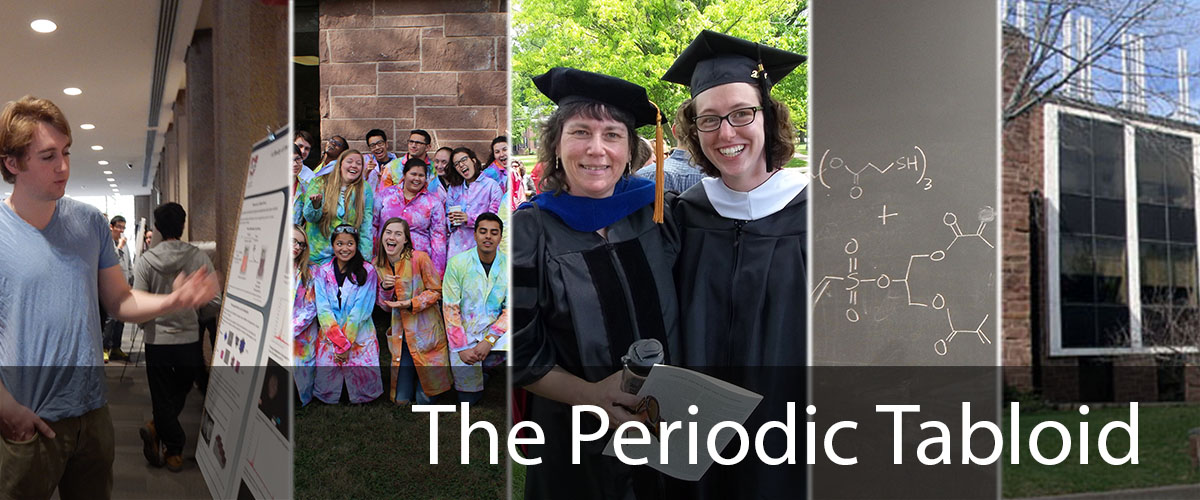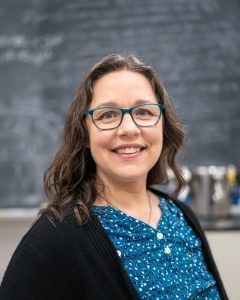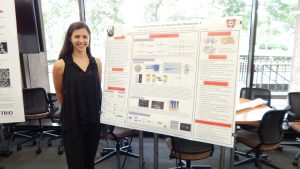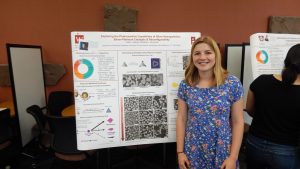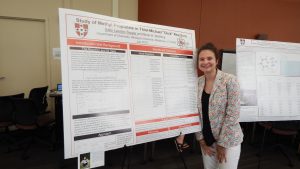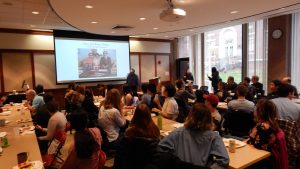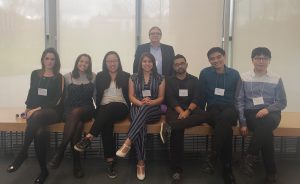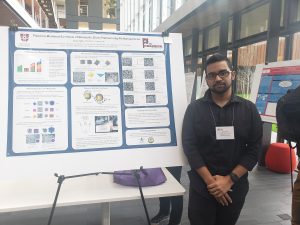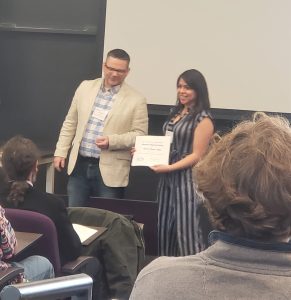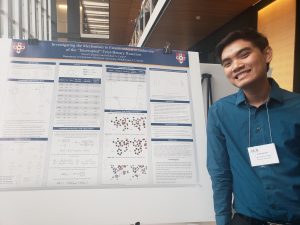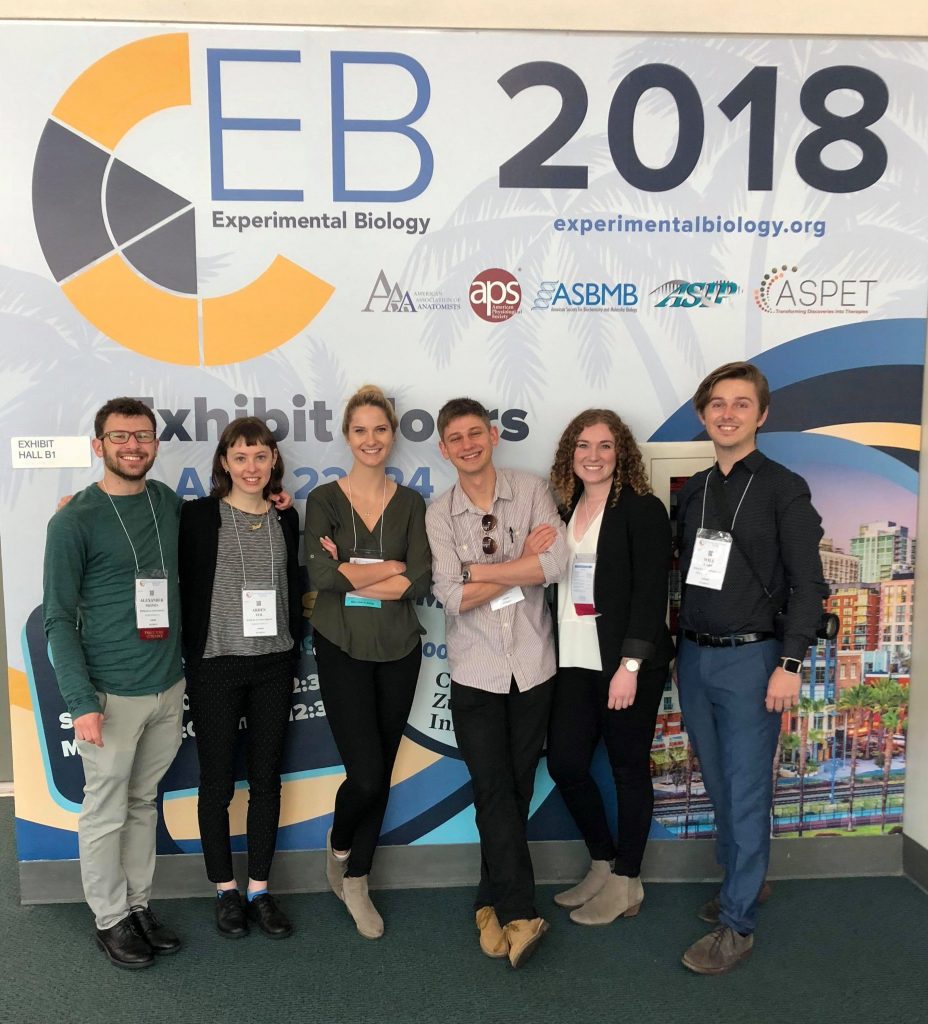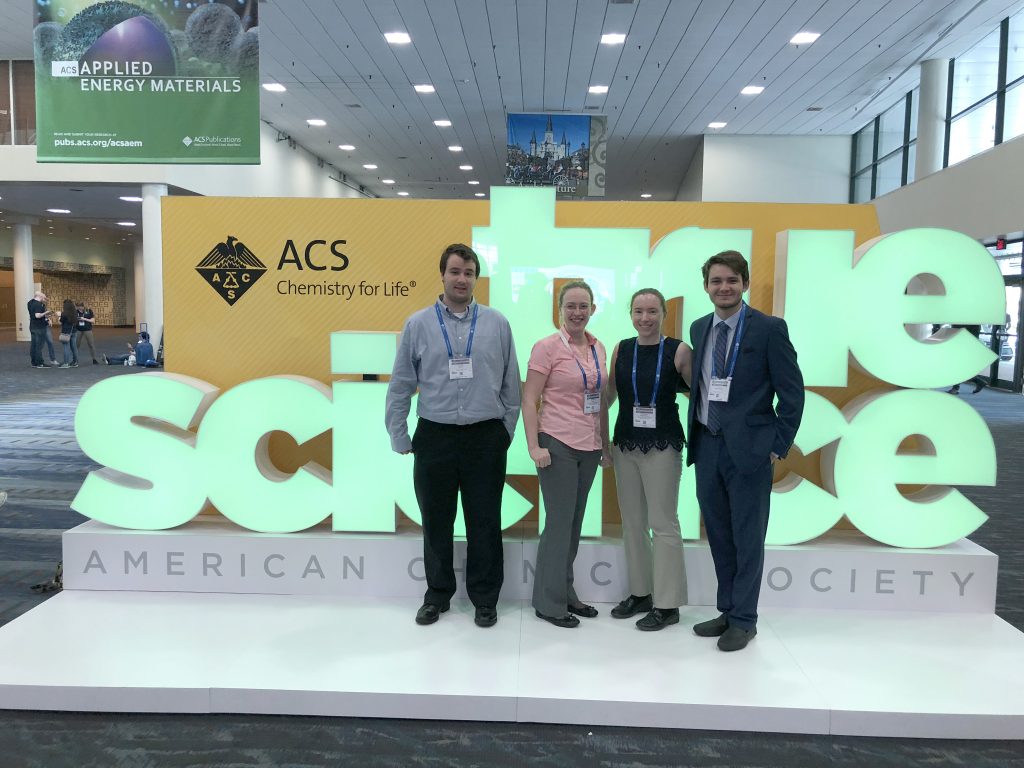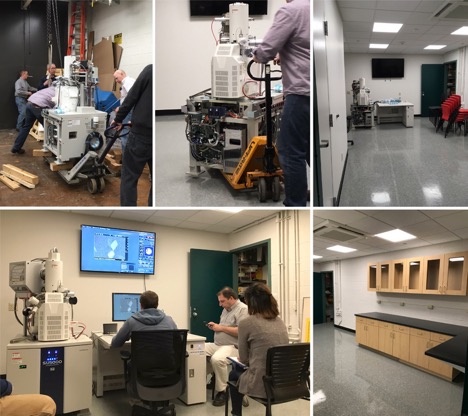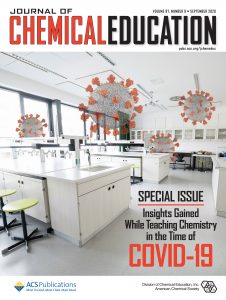
Anastasia Saar, Mikayla Mclaughlin, Rachael Barlow, Jeffrey Goetz, Deji Adediran, and Anisha Gupta have published a paper in J. Chem. Educ. about pivoting the Chem 258 lab to online this past spring. The title is “Incorporating Literature into an Organic Chemistry Laboratory Class: Translating Lab Activities Online and Encouraging the Development of Writing and Presentation Skills”. It appears in a special issue of the journal on Insights Gained While Teaching Chemistry in the Time of COVID-19.
Abstract
After Wesleyan University moved all classes online because of the global outbreak of SARS-CoV-2, the organic chemistry laboratory course adjusted its curriculum to fit the circumstances. A symposium project with several components was introduced, allowing students to develop their scientific writing, presentation, and critical thinking skills through the assigned quiz, reading questions, discussion forum, article summary, and oral presentation. A paper published in ACS Omega about compounds in garlic essential oil as a potential treatment for SARS-CoV-2 was chosen for literature review; many techniques used in the paper, such as distillation and GC–MS analysis, were familiar to students, and the content was relevant to both the course and current events. Presentations were given through Zoom, and all of the assignments were handed in electronically. This symposium-style project can be easily formatted for in-classroom or online learning and, on the basis of student survey data, was greatly beneficial to helping students improve key skills necessary for upper-level science courses at Wesleyan and beyond.


